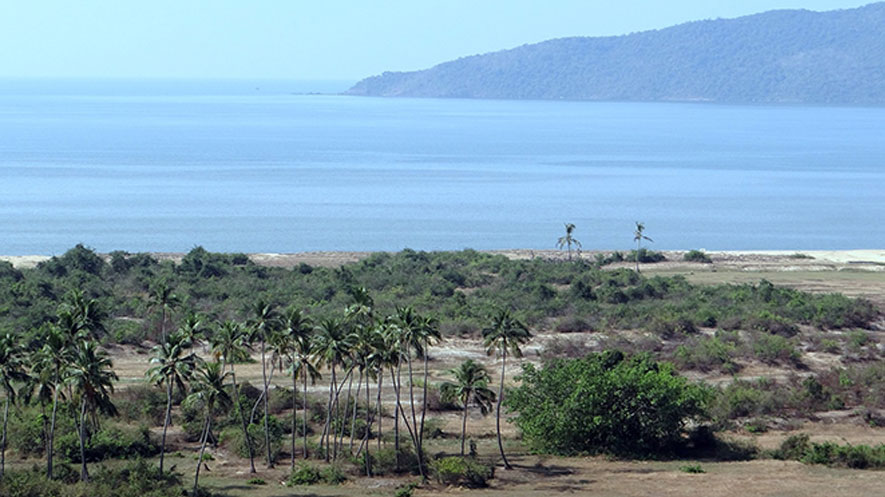New research from the UK's University of East Anglia (UEA) has confirmed a dramatic decrease in oxygen in the Gulf of Oman, part of the Arabian Sea.
The ‘dead zone’ was confirmed by underwater robots, Seagliders, which were able to collect data in areas of water previously inaccessible due to the piracy and geopolitical tensions. The robots are about the same size as a small human diver but can reach depths of 1000 meters and travel the ocean for months, covering thousands of kilometers.
For eight months, the two gliders were deployed in the Gulf of Oman - a strait that connects the Arabian Sea with the Strait of Hormuz and then runs to the Persian Gulf. The gliders communicated by satellite to build an underwater picture of oxygen levels, and the ocean mechanics that transport oxygen from one area to another.
Where researchers expected some oxygen, an area larger than Scotland was discovered with almost no oxygen left.
The study, published in Geophysical Research Letters, was led by Dr. Bastien Queste from UEA’s School of Environmental Sciences, in collaboration with Oman’s Sultan Qaboos University.
Queste said, “Dead zones are areas devoid of oxygen. In the ocean, these are also known as ‘oxygen minimum zones,’ and they are naturally occurring between 200 and 800 meters deep in some parts of the world. They are a disaster waiting to happen - made worse by climate change as warmer waters hold less oxygen, and by fertilizer and sewage running off the land into the seas."
“The Arabian Sea is the largest and thickest dead zone in the world. But until now, no-one really knew how bad the situation was because piracy and conflicts in the area have made it too dangerous to collect data. We barely have any data collected for almost half a century because of how difficult it is to send ships there."
Computer simulations show a decrease in oxygen over the next century and growing 'oxygen minimum zones'. However, these models struggle to represent small but essential features such as eddies that transport oxygen. The team combined the Seaglider data with a very high-resolution computer simulation to determine how oxygen spreads around the north-western Arabian Sea throughout different seasons and the monsoons.
“Our research shows that the situation is actually worse than feared and that the area of the dead zone is vast and growing. The ocean is suffocating. Of course, all fish, marine plants, and other animals need oxygen, so they can’t survive there. It’s a real environmental problem, with dire consequences for humans too who rely on the oceans for food and employment," continues Queste. "Another problem is that when oxygen is absent, the chemical cycling of nitrogen - a key nutrient for plant growth - changes dramatically. Nitrous oxide, a greenhouse gas 300 times more potent than CO2 is produced.”
Researchers also found that the dead zone moves up and down between seasons, squeezing fish into a thin layer near the surface.
“Management of the fisheries and ecosystems of the western Indian Ocean over coming decades will depend on better understanding and forecasting of oxygen levels in key areas such as the Gulf of Oman,” added Queste.



